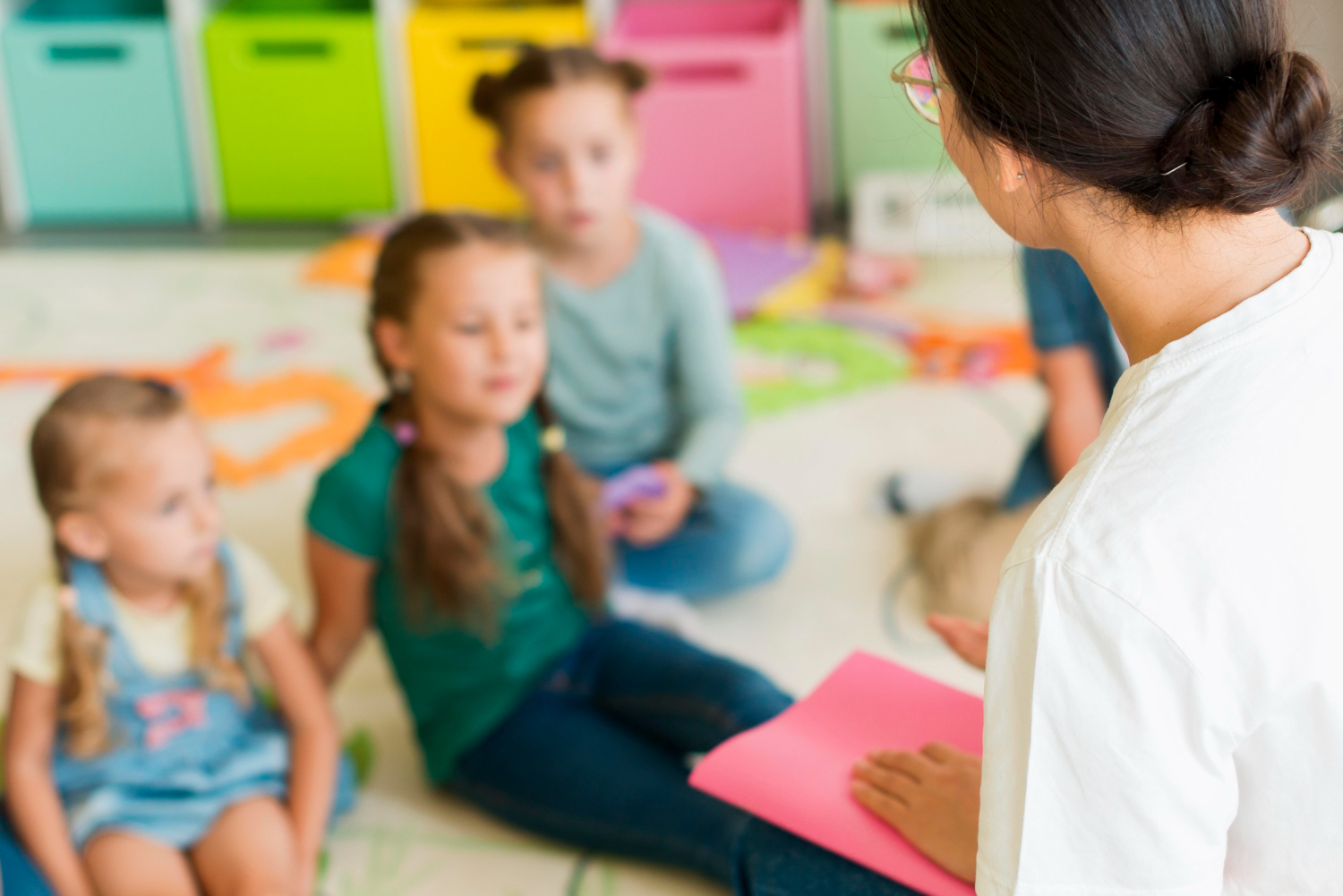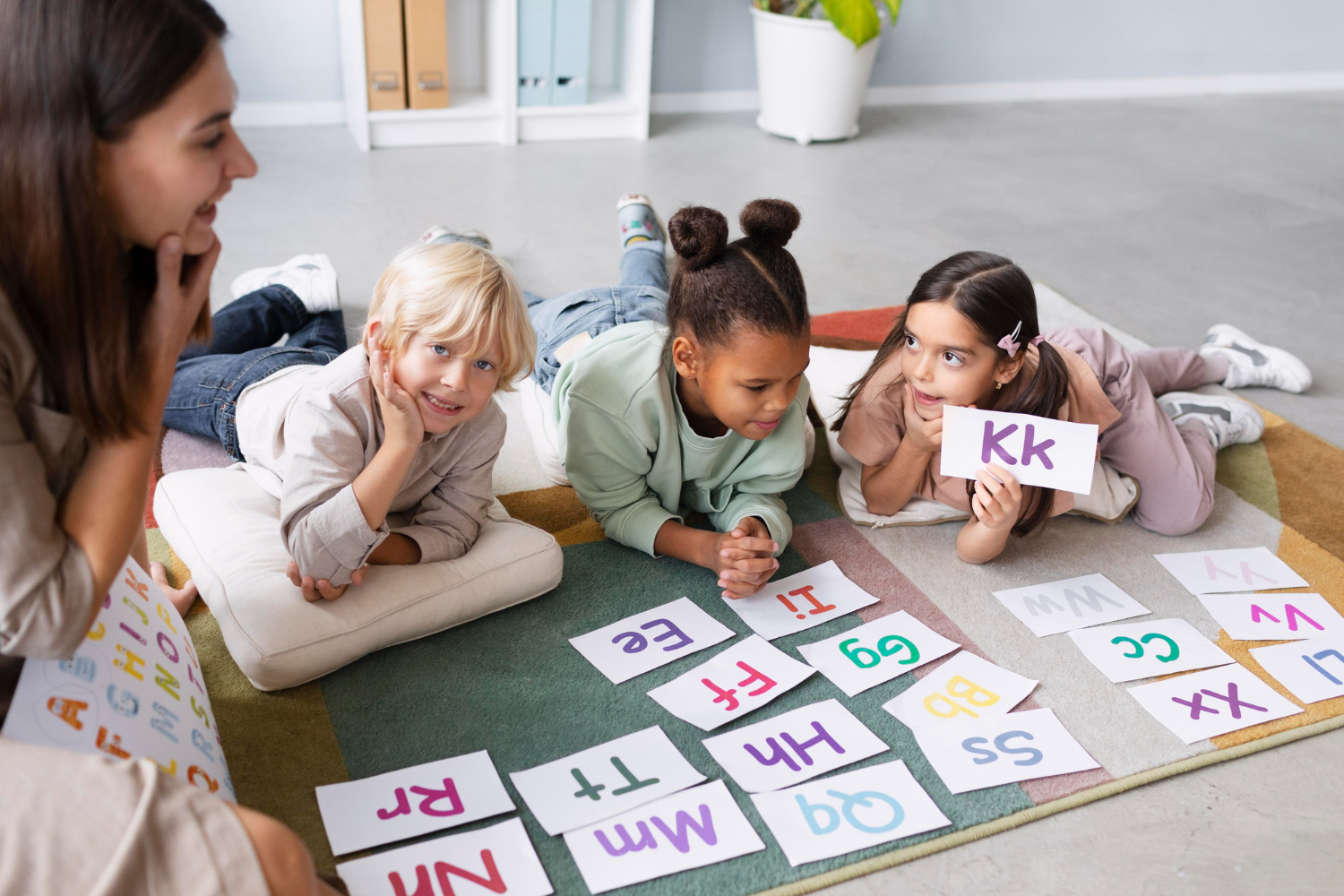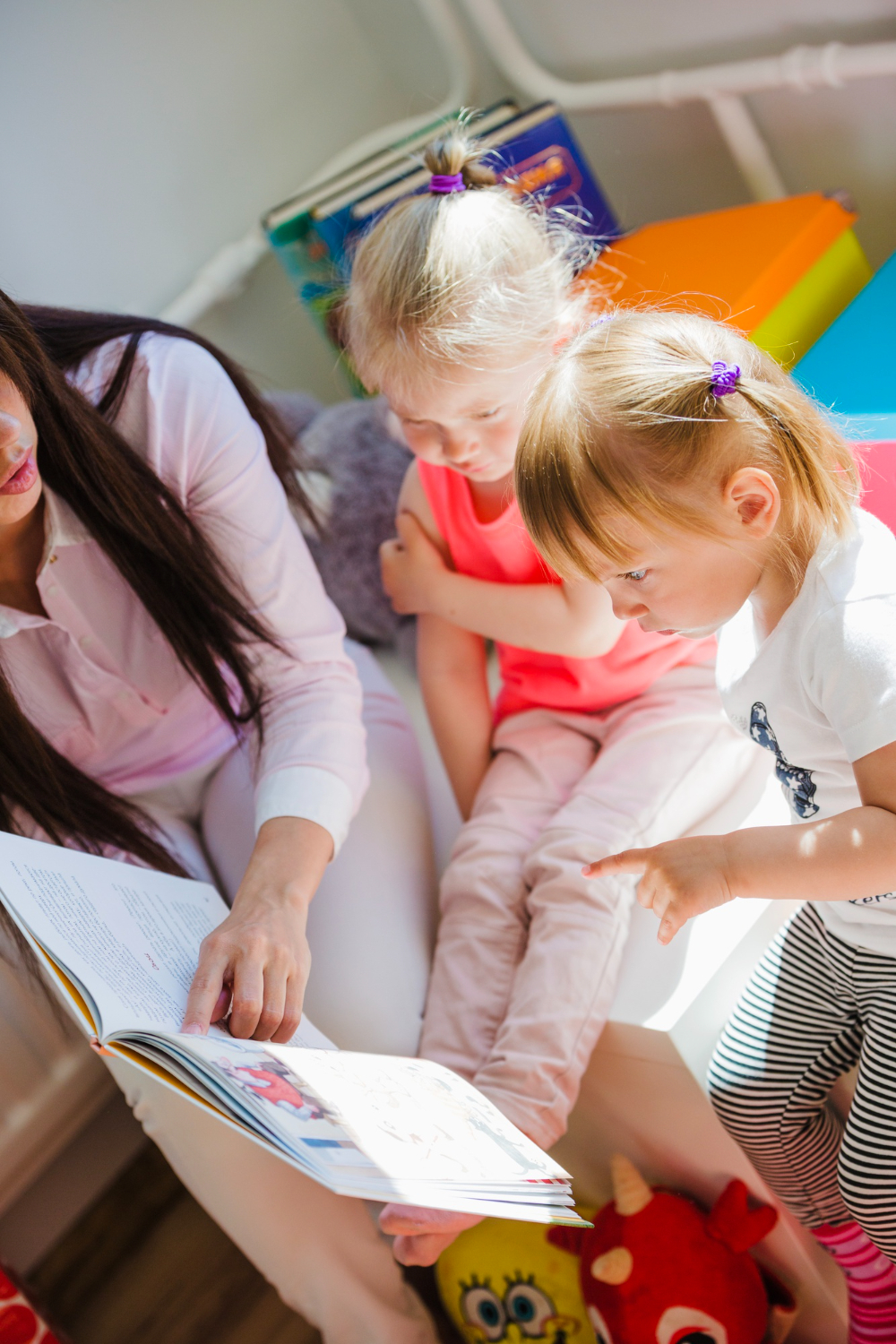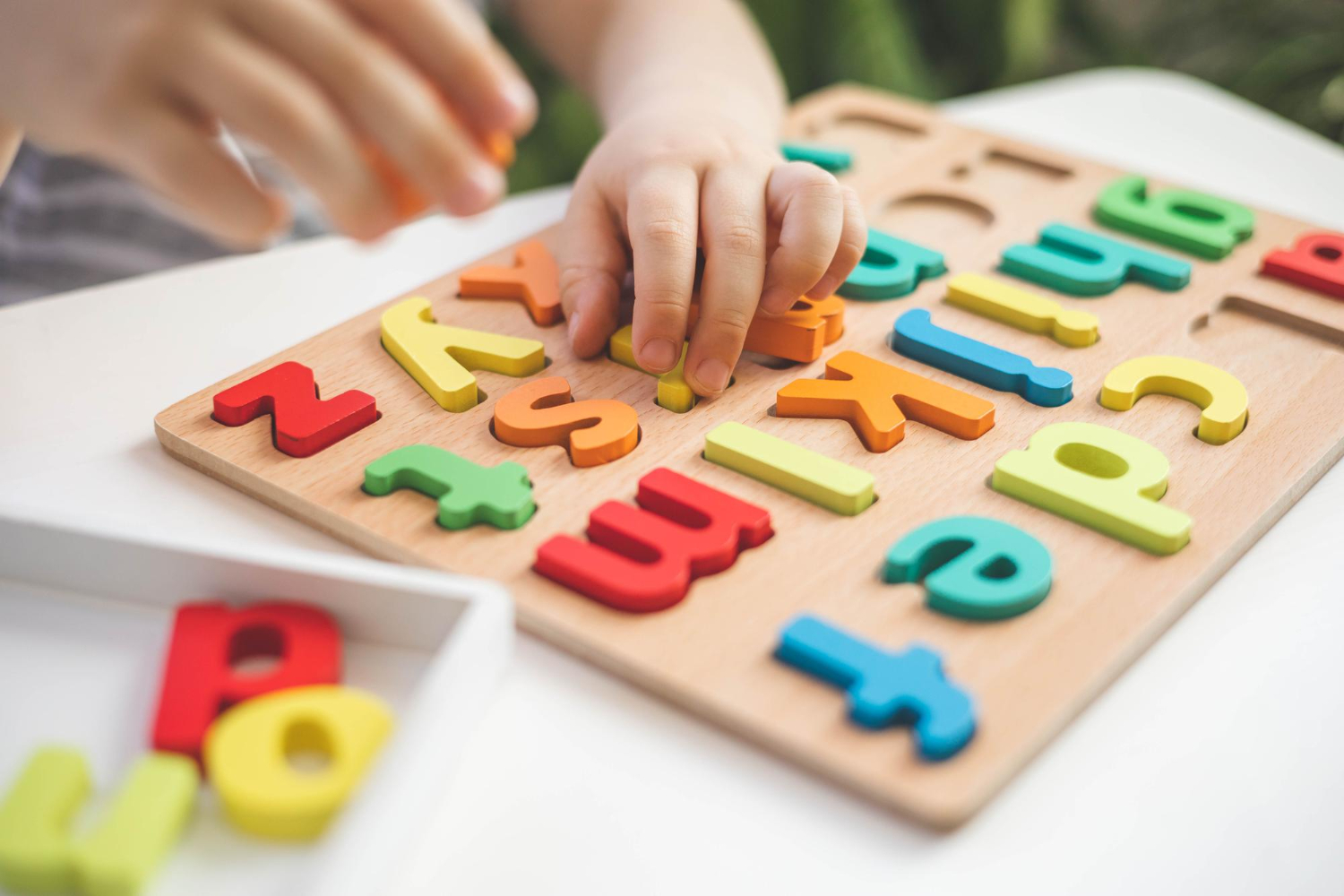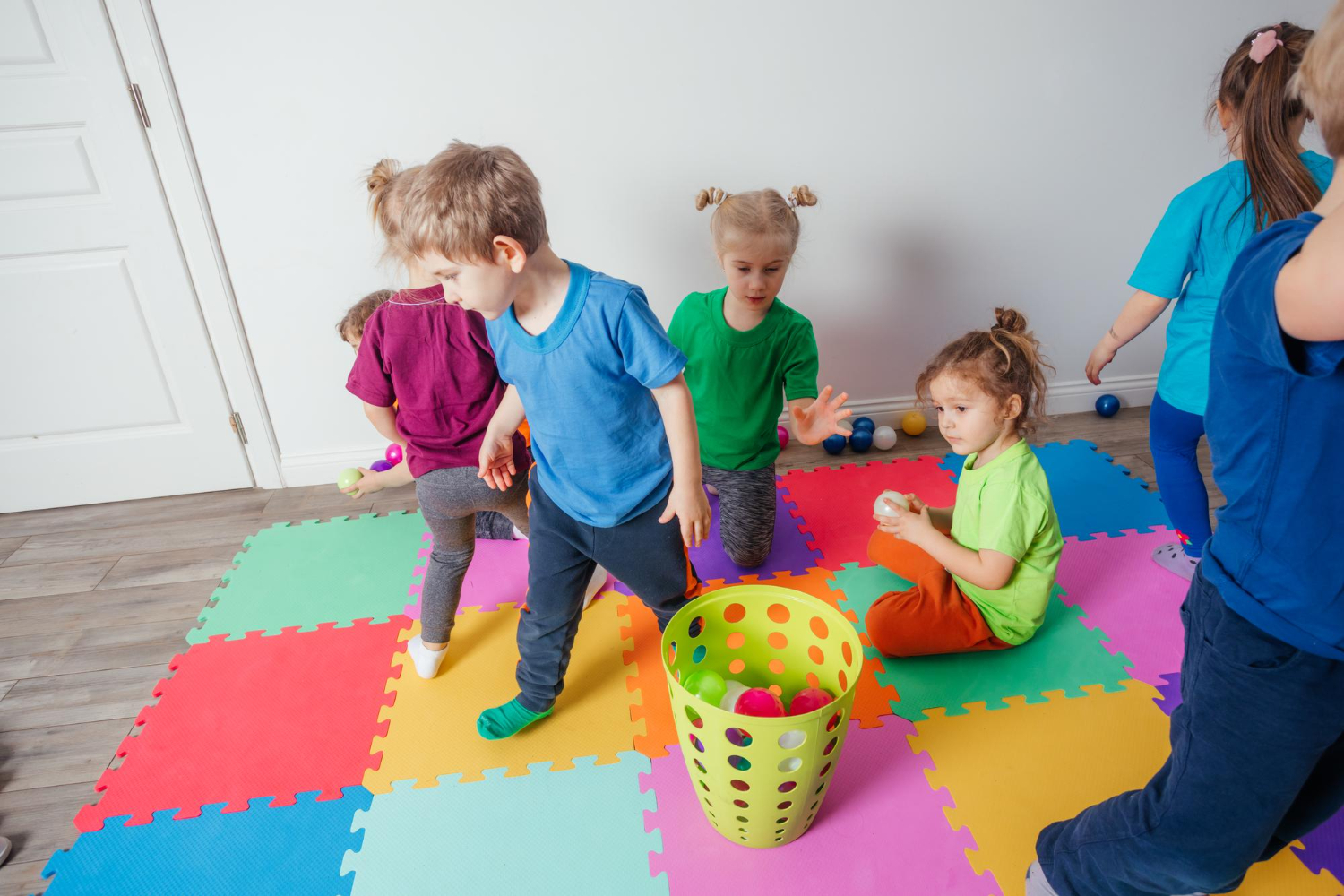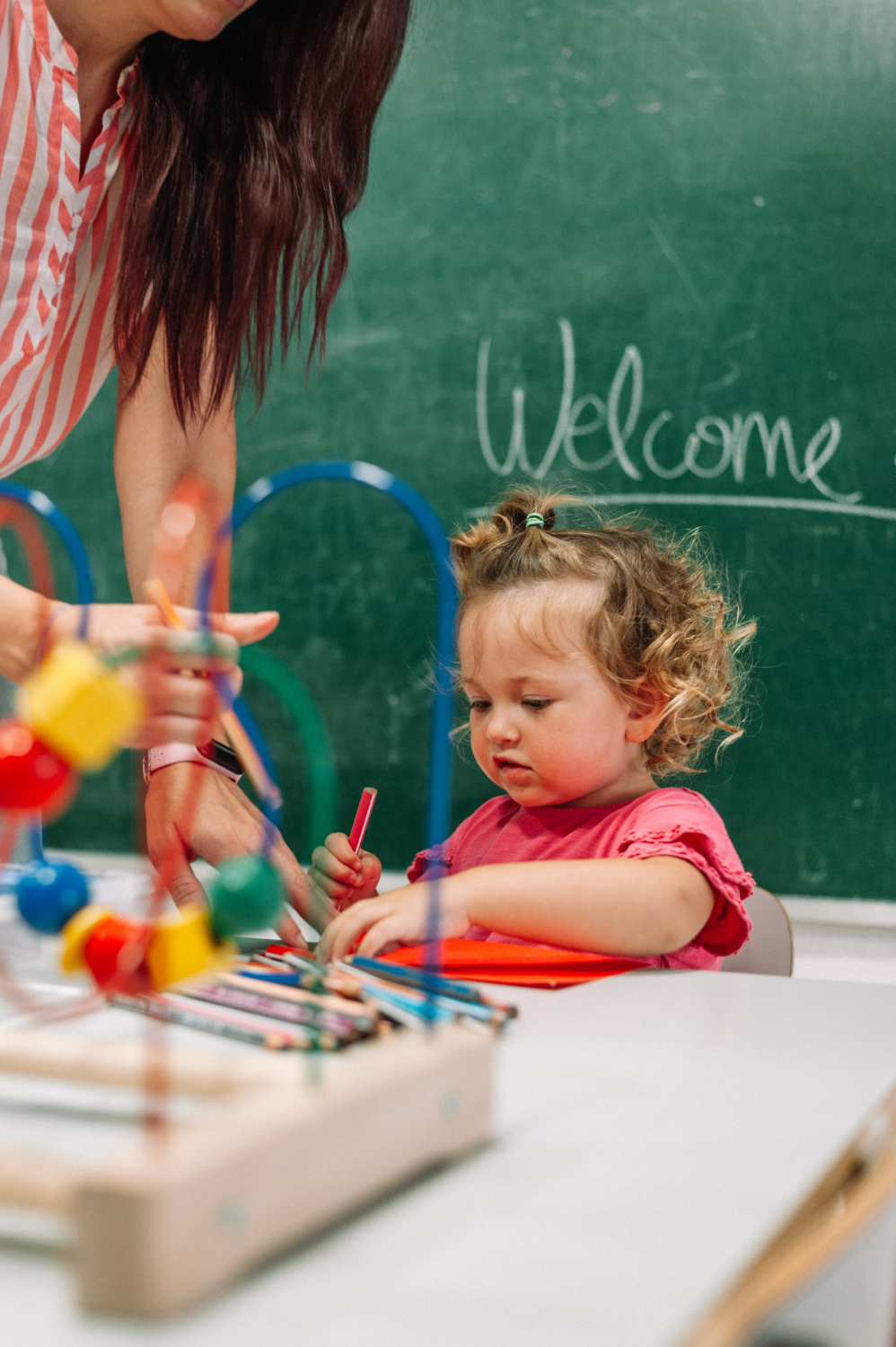What makes an environment ‘enabling’?
An enabling environment in a nursery setting is a carefully crafted space that supports children’s development and encourages their natural curiosity and desire to learn. It is an environment where risks are minimised, and young children are protected against harm and abuse. An enabling nursery setting involves both the physical and emotional aspects of the environment, as well as the relationships between children, practitioners, and families.
The environment should be child-centred, and practitioners should encourage independence and understand how individual children learn best.
Enabling environments can be split into three factors:
- The Emotional Environment – the atmosphere of a setting and how it feels.
- The Indoor Environment – the resources available in the indoor space and how activities are led.
- The Outdoor Environment – the resources available in the outdoor space and how activities are led.

